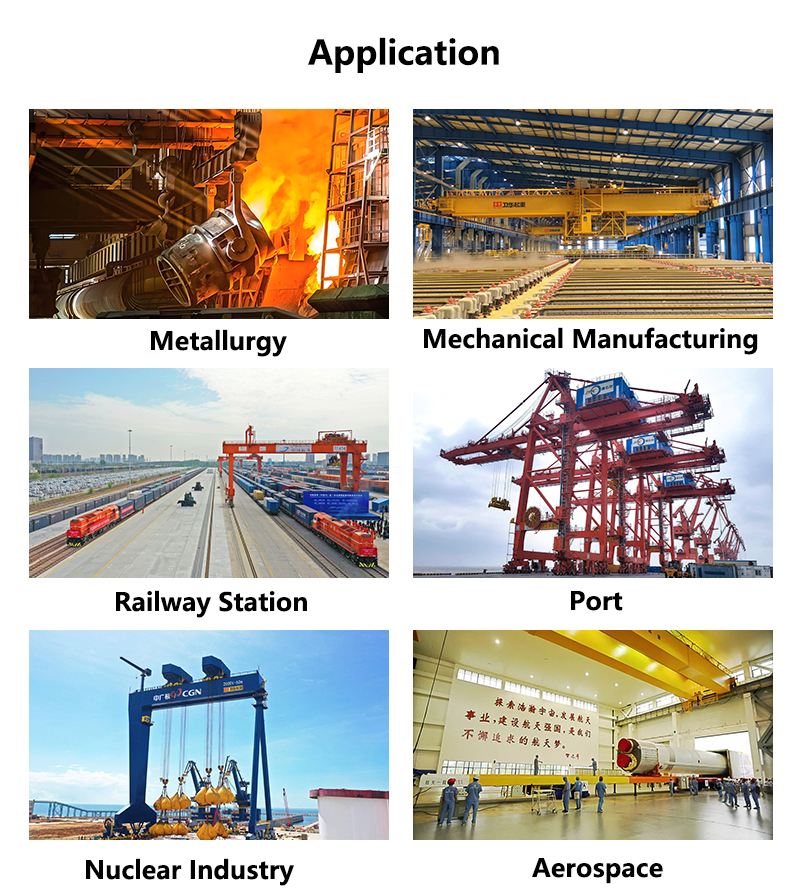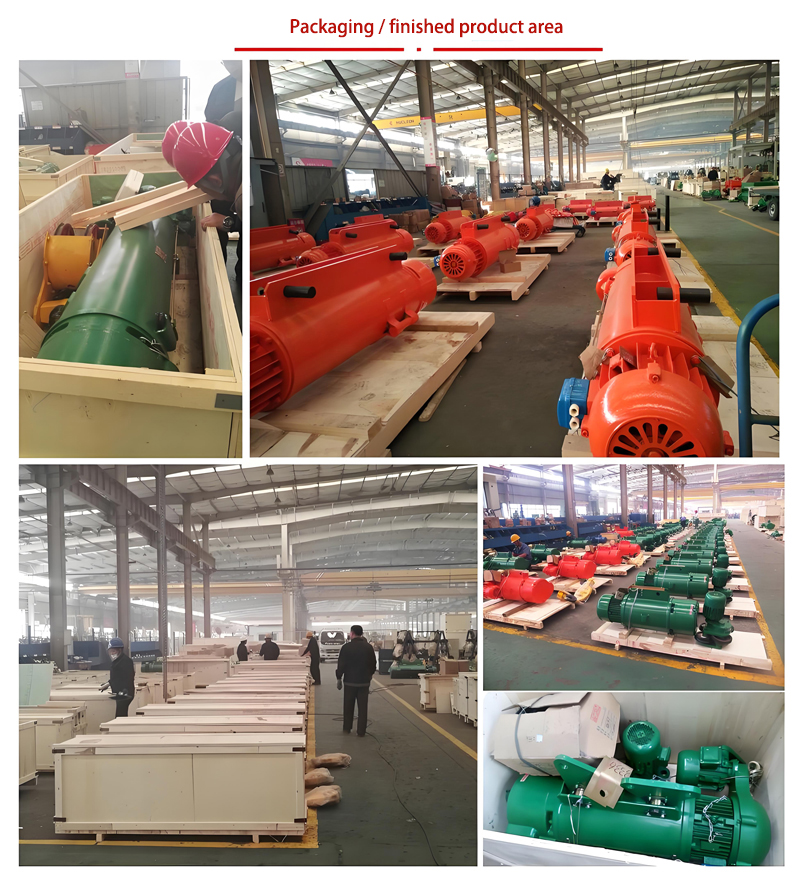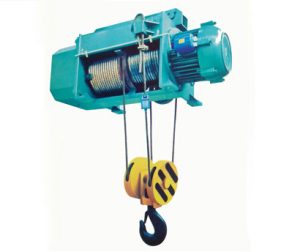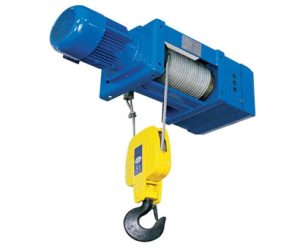
In the world of material handling, lifting heavy loads safely and efficiently is a top priority. Two of the most common tools for this task are the trusty manual hoist and the powerful electric hoist. But when it comes to choosing between them, the decision isn't always black and white. Each has its own set of advantages, ideal applications, and limitations.
الدردشة عبر الإنترنتيعد فهم الاختلافات الرئيسية بين الرافعة اليدوية والرافعة الكهربائية أمرًا بالغ الأهمية لاختيار الأداة المناسبة لمشروعك, ضمان السلامة والإنتاجية. Let’s break them down.

A manual hoist, often referred to as a chain block or lever hoist, relies on human power to operate. The user pulls a chain (chain hoist) or pumps a lever (lever hoist) to lift, أدنى, or pull a load.
1. Occasional or infrequent use
2. Lower capacity loads (though they come in high capacities too)
3. Applications where precise control is critical (على سبيل المثال, assembly lines, maintenance)
4. Remote locations or sites with no reliable power source
5. Users with a limited budget

An electric hoist uses an integrated electric motor to lift and lower loads, typically operated via a pendant control button.
1. Frequent, repetitive lifting
2. Heavy and bulky loads
3. High-production environments (على سبيل المثال, تصنيع, المستودعات)
4. Applications where speed is a priority
5. Situations where operator fatigue is a concern

| ميزة | Manual Hoist | الرافعة الكهربائية |
| مصدر الطاقة | Human Power | Electricity (110V/240V, 3-مرحلة) |
| سرعة رفع | Slow (dependent on the operator) | Fast (consistent motorized speed) |
| Initial Cost | Low | عالي |
| Operating Cost | Effort | Electricity + صيانة |
| Precision Control | Excellent | جيد (requires skilled operator for fine control) |
| دورة العمل | Low to Medium | High to Continuous |
| قابلية النقل | عالي (lightweight, no cords) | Low (heavier, requires power source) |
| صيانة | Simple, mechanical | More complex, electrical components |
| Best Use Case | Occasional, precise, or remote lifts | Frequent, high-volume, production lifts |
The choice between manual and electric isn’t about which is “better,” but which is better for your specific needs.
| Choose a Manual Hoist | Choose an Electric Hoist |
| You lift loads infrequently | You are lifting loads multiple times a day |
| Your work is in a remote location with no power | Speed and productivity are critical to your operation |
| Precision is more important than speed | You need to lift very heavy loads consistently |
| Your budget is constrained | You want to reduce physical strain on your workforce |

Think of it like choosing between a manual and an automatic car. The manual gives you more control and is simpler, while the automatic offers ease of use and efficiency for everyday driving.
Before you buy, carefully assess your requirements:
1. How often will you use it?
2. What is your average load weight?
3. Do you have a reliable power source?
4. What is your budget, both for purchase and long-term maintenance?
By answering these questions, you’ll be well-equipped to make an informed decision. Whether you go with the rugged reliability of a manual hoist or the powerful efficiency of an electric model, prioritizing safety and proper training for all operators is always the most important step.

س 1: Which is cheaper, a manual or electric hoist?
أ: A manual hoist has a much lower initial purchase price. لكن, if you consider long-term operational efficiency for high-use applications, an electric hoist can be more cost-effective by saving significant labor time and reducing operator fatigue.
Q2: Can I use an electric hoist outdoors?
أ: You can, but with important considerations. You need a reliable power source, which often requires a generator. You must also ensure the hoist has an appropriate IP (حماية الدخول) تصنيف (على سبيل المثال, IP54 or higher) to protect it from dust and water. A manual hoist is often simpler for truly remote or wet outdoor conditions.
س 3: Which type of hoist gives me more control for precise positioning?
أ: عمومًا, a manual hoist provides superior precision control. The operator feels the load directly and can make minute adjustments by hand, making it ideal for fitting parts together or working in tight spaces.
س 4: How do I decide between a chain hoist and a lever hoist (both manual)?
أ:
نحن نقدر ملاحظاتك! يرجى إكمال النموذج أدناه حتى نتمكن من تخصيص خدماتنا حسب احتياجاتك المحددة.

عربة الرافعة الكهربائية فعالة, آمن, معدات رفع الضوء والصغيرة. كوم ……

في تركيب معدات الطاقة, تصنيع الكابلات ونقل المواد الثقيلة, هو ……

8 الميزات الرئيسية لرافعة السلسلة الكهربائية & فوائد 1. رفع عالي السعة: ت……

ميزات منتج الرافعة الكهربائية الجسرية 1. هيكل قوي: بنيت مع قوة عالية ......
